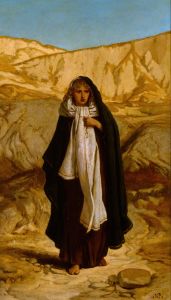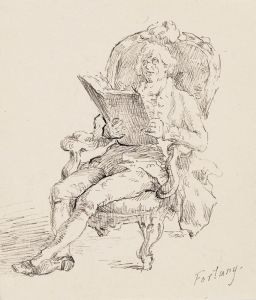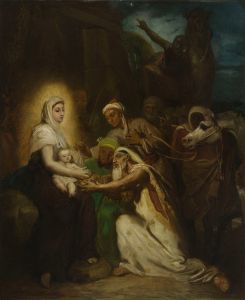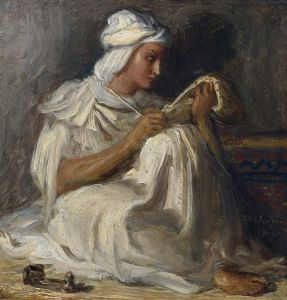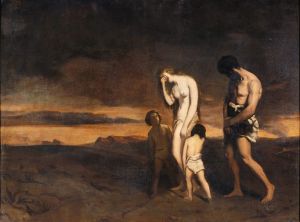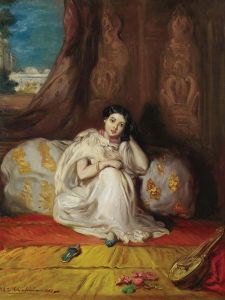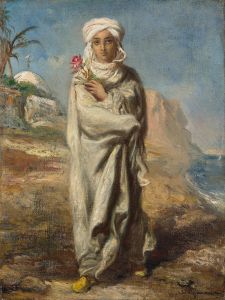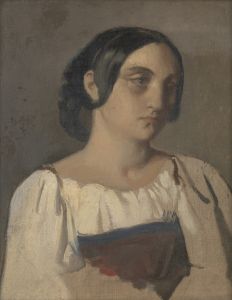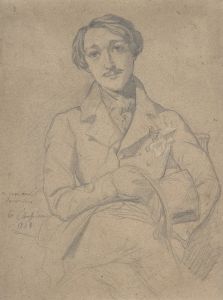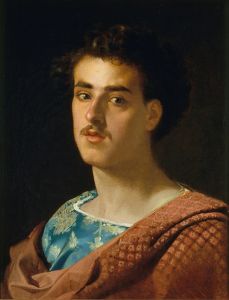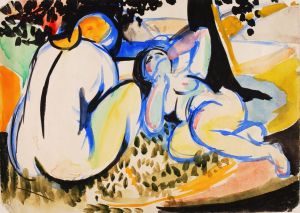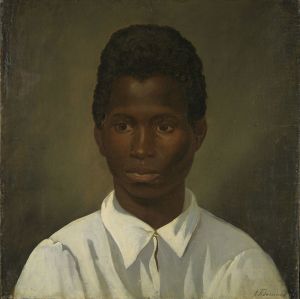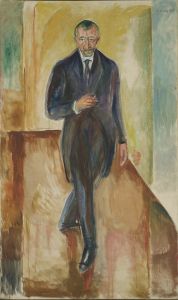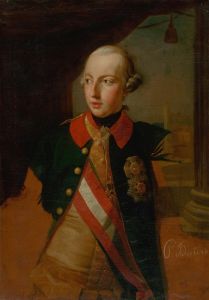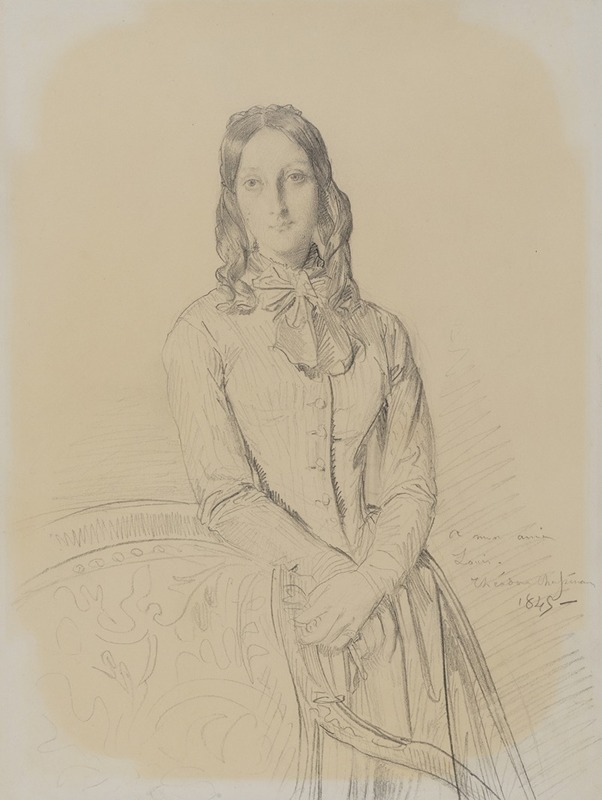
Portrait of Madame Ravaisson
A hand-painted replica of Théodore Chassériau’s masterpiece Portrait of Madame Ravaisson, meticulously crafted by professional artists to capture the true essence of the original. Each piece is created with museum-quality canvas and rare mineral pigments, carefully painted by experienced artists with delicate brushstrokes and rich, layered colors to perfectly recreate the texture of the original artwork. Unlike machine-printed reproductions, this hand-painted version brings the painting to life, infused with the artist’s emotions and skill in every stroke. Whether for personal collection or home decoration, it instantly elevates the artistic atmosphere of any space.
Théodore Chassériau's "Portrait of Madame Ravaisson" is a notable work by the 19th-century French Romantic painter, renowned for his unique style that bridges the Neoclassical and Romantic movements. Born in 1819 in Santo Domingo, Chassériau was a prodigious talent who began his formal art education at a young age under the tutelage of Jean-Auguste-Dominique Ingres, one of the leading Neoclassical artists of the time. This early influence is evident in Chassériau's meticulous attention to detail and his refined technique.
The "Portrait of Madame Ravaisson" exemplifies Chassériau's ability to capture the essence and character of his subjects with elegance and sensitivity. Although specific details about Madame Ravaisson herself are scarce, the portrait reflects the artist's skill in portraying the social elite of his time. Chassériau's portraits are celebrated for their psychological depth and the way they convey the personality and status of the sitter.
In this particular work, Chassériau employs a delicate palette and soft brushwork to create a sense of intimacy and immediacy. The composition is carefully balanced, with Madame Ravaisson positioned in a manner that suggests both poise and grace. Her attire and the setting are indicative of the fashion and interior design of the mid-19th century, providing a glimpse into the lifestyle and aesthetics of the period.
Chassériau's style is characterized by a harmonious blend of precise line work and lush, expressive color. This duality is evident in the "Portrait of Madame Ravaisson," where the artist's classical training is complemented by a Romantic sensibility. The portrait's background is often understated, drawing attention to the sitter's face and expression, which are rendered with a keen sense of realism and emotional depth.
Throughout his career, Chassériau was known for his versatility, producing not only portraits but also historical and religious scenes, as well as Orientalist works inspired by his travels to Algeria. Despite his relatively short life—he died at the age of 37—Chassériau left a significant impact on the art world. His work influenced later artists, including Gustave Moreau and the Symbolists, and continues to be studied for its innovative approach to portraiture and its synthesis of different artistic traditions.
The "Portrait of Madame Ravaisson" is housed in a private collection, and as such, it is not as widely accessible as some of Chassériau's other works, which can be found in major museums such as the Louvre in Paris. Nevertheless, the portrait remains an important example of Chassériau's contribution to 19th-century art, showcasing his ability to convey both the physical likeness and the inner life of his subjects.
In summary, Théodore Chassériau's "Portrait of Madame Ravaisson" is a testament to the artist's skill and his unique position within the art historical canon. It reflects the cultural and artistic milieu of 19th-century France and highlights Chassériau's role in the transition between Neoclassicism and Romanticism.





